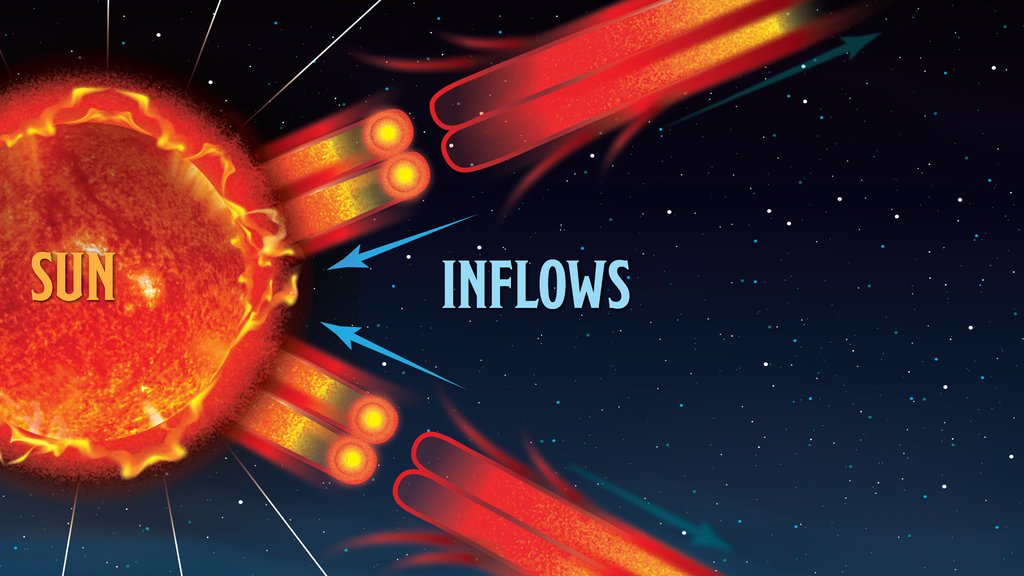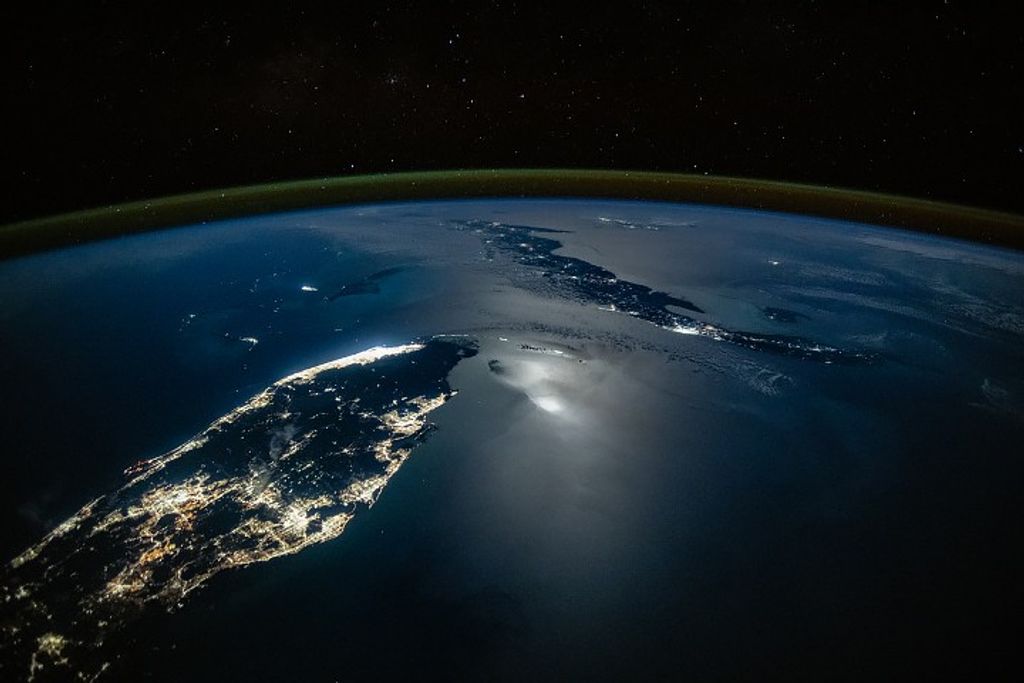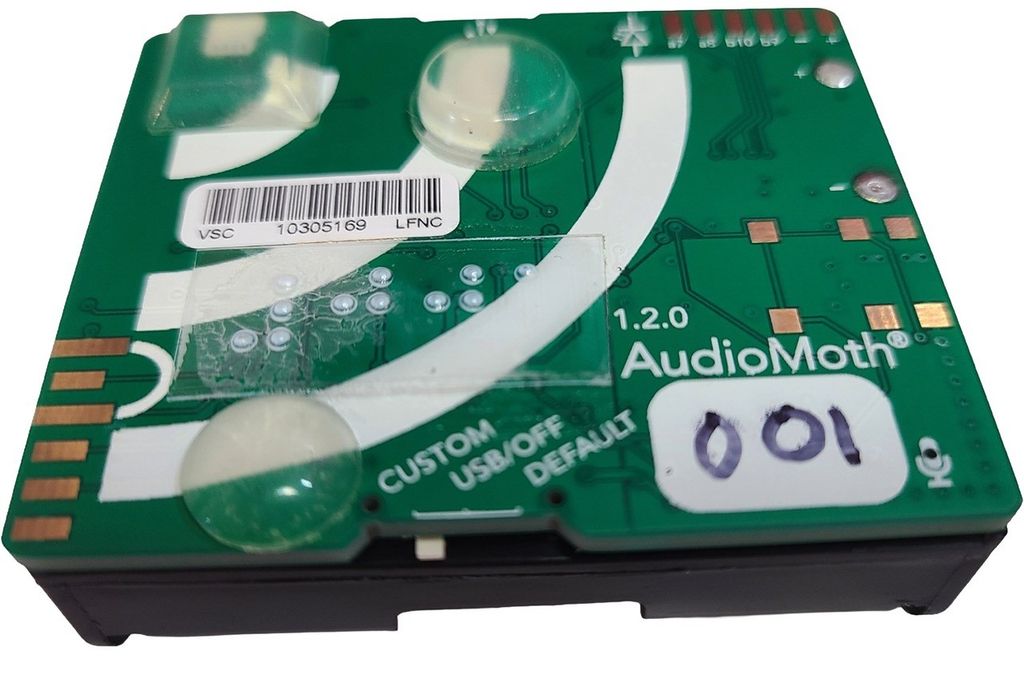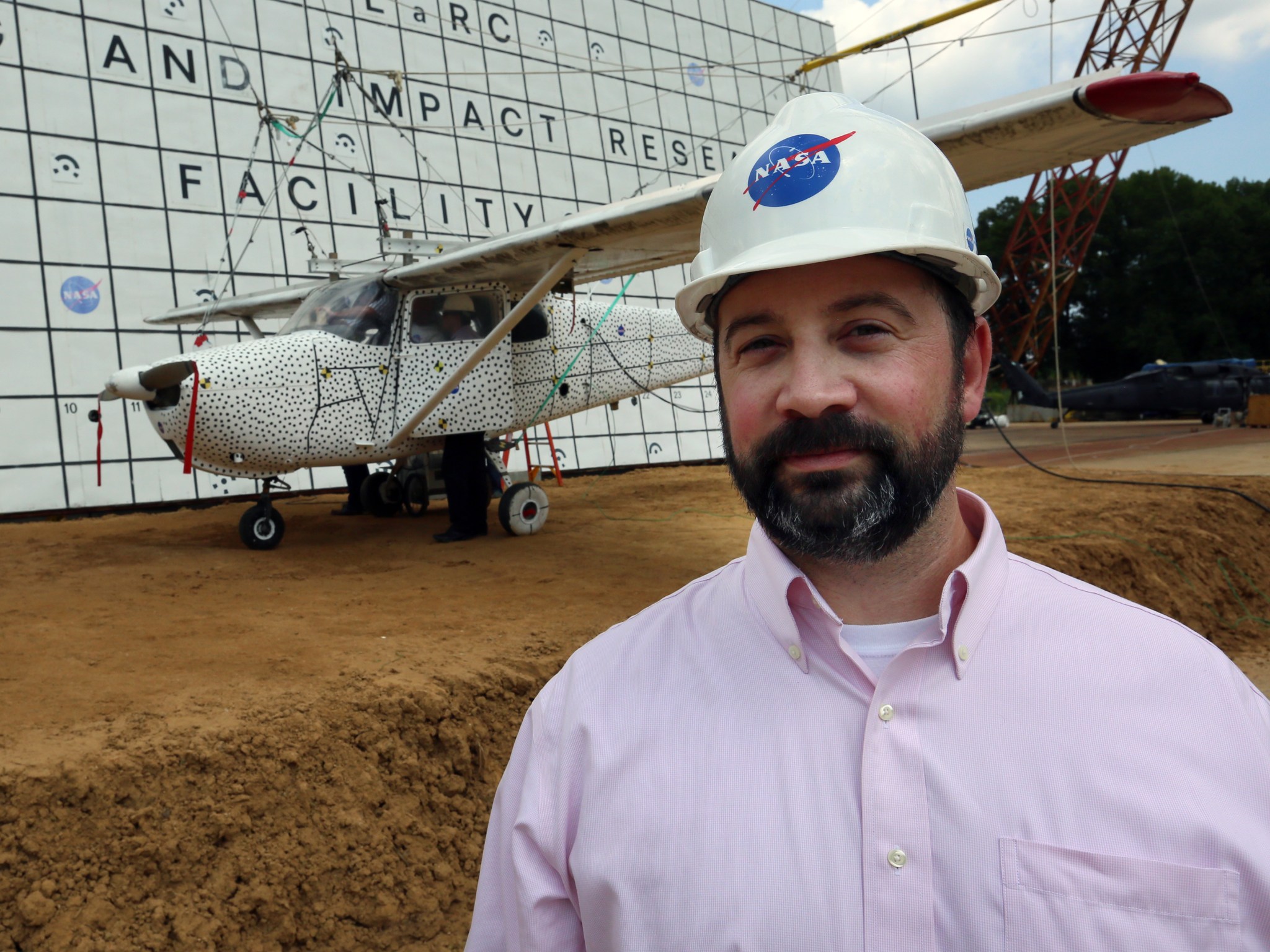Necessity is the mother of invention. I used to joke with my friends that I would return to NASA as a co-op or intern student, and after 19 years, I finally did it.
Having spent many years in industry, I ended up in a position to reinvent myself, and becoming a NASA Interns, Fellows and Scholars, or NIFS, summer intern has been a terrific way to start the transformation.
Many years ago, I was a high school summer student at NASA’s Goddard Space Flight Center. This was my first NASA experience and afterwards, I needed more. Since I had the dream of becoming an astronaut, I only knew I wanted an engineering degree. In addition, since I developed a passion for space, I wanted it to be in aerospace. With the college major set, I looked at a variety of programs and decided that Virginia Tech in the quiet town of Blacksburg, Virginia, would be my destination.
I started at Virginia Tech in 1992 and wound up graduating in 1997 after performing a couple of co-op tours at NASA Goddard. The connections I made as a summer intern helped open the door to the co-op experience I had as a college student. This was pre-USAJobs so it was a bit easier, in my opinion, to network and convince people that I would be an excellent co-op candidate.
Later, after finishing my undergraduate degree, I opted to stay in Blacksburg to pursue a master’s degree in industrial and systems engineering. At the time, I thought I would combine my aerospace background and industrial education to work for an aerospace manufacturer. I cannot recall the specifics of how it happened, but something led me to an interview with United Space Alliance, or USA. That interview then led to full-time employment with USA in Houston, Texas, in March 1999. Over the next 12 years, I worked in the International Space Station program and the space shuttle program.
In 2000, I became a certified space shuttle robotics instructor and instructed many astronauts and flight controllers on how to operate the Space Shuttle Remote Manipulator System, or SSRMS. I led the robotic training for the STS-109 Hubble Space Telescope Servicing Mission. Unlike the majority of space shuttle missions dedicated to the construction of the space station during this period, the STS-109 mission focused on rendezvous and capture of a free-floating payload — the Hubble telescope.
Being a part of any mission was special. I was a small cog in the much larger machinery of the space shuttle program. However, the most special mission, to me, was the STS-114 mission. Before the loss of Space Shuttle Columbia, I was assigned as the robotics instructor for the STS-114 mission. The original STS-114 mission was a logistic/resupply flight and intended to be the first flight where the SSRMS performed the payload operations. As a shuttle person, I had the easiest job of all because the SSRMS wound up being demanifested and removed from flight due to up-mass issues. My entire training flow consisted of a 30-minute briefing with the crew on how they were to operate some switches and circuit breakers on the flight deck so that space shuttle hardware would be moved out of the way for the SSRMS to perform the payload operations.
Then we lost space shuttle Columbia. Everything came to a standstill for a long time while the investigation unfolded. During the downtime, I did spend a few days in Corsicana, Texas, helping the search teams look for debris. After participating in that activity, I returned to Houston to begin the development of the curriculum and training necessary for astronauts to perform on-orbit inspection of the orbiter. It was during this post-Columbia accident timeframe that inspection of the thermal protection system was deemed necessary. On-orbit inspection was a small part of the return-to-flight effort but, due to the nature of the activity, received a lot of scrutiny. With hindsight, much of what I developed became the standard used to train subsequent crews. Knowing now how well everything turned out fills me with a lot of pride.
After the STS-114 mission, I worked on a couple other space station-related missions and then I transitioned into a role directly supporting the Astronaut Office. I participated in a few space shuttle pre-launch activities as well as witnessed a number of launches from NASA’s Kennedy Space Center. Pre-launch, part of my job required me to be on the flight deck and middeck of the orbiter while in the vertical. That was a lot of fun!
Ultimately, I left United Space Alliance in 2011 and returned to NASA Goddard as a contractor in support of the Landsat 7 mission. While at Goddard, I was asked to support the FAA Office of Commercial Space Transportation and then left NASA to help support the FAA. After three years supporting the FAA and upon contract completion, I found myself unemployed.
During the time I was supporting the FAA, I had decided to go back to school to pursue a master of business administration degree. I had an interest in the business side of how contracts were developed and managed, as well as a desire for greater project responsibility.
Part of what drives me is a desire for continuous improvement and looking for opportunities to help teams become more effective. In most of the positions I held, it was the one-on-one interaction that I enjoyed the most. Whether it was instructing someone on how to operate a robotic arm or discussing occupant safety regulations for commercial space vehicles, the interaction is what made the experience invaluable.
While I started my current graduate education as an employed individual, I find that it has been a terrific motivator as an unemployed husband and father of three. The NIFS program has helped open doors that would have been closed to me as an employed individual. While a full-time salary would be nice to have, the life-long learning and education I receive will be well worth the investment.


























